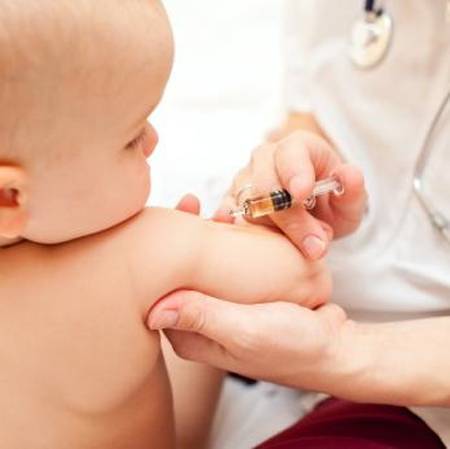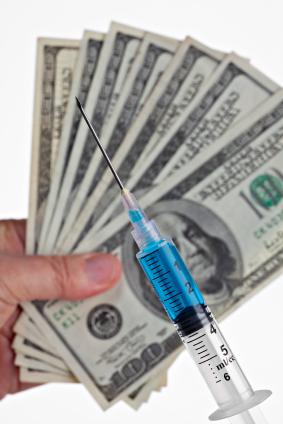Why ANH believes vaccine companies are exploiting children for the sake of profit
By the ANH Team
The American Academy of Pediatrics, the U.S. Centers for Disease Control and Prevention and the American Academy of Family Physicians have issued the 2010 US Childhood Vaccination Schedules.
Amongst the recommendations are:
- All children to be vaccinated against 14 different disease organisms during the first 12 months of life
- Children may be subjected to up to over 30 vaccinations in the first 6 years of their lives, some of these being combination vaccines (MMR [mumps, measles, Rubella] and Diphtheria, Tetanus, Pertussis)
- Combination vaccines are preferred over single ones, supposedly to reduce psychological trauma, while generally increasing long-term health risks
- Boys to be vaccinated against Human Papillomavirus (HPV), that is a major risk factor for cervical cancer in girls. The same virus may cause genital warts in boys. While efficacy even for girls has so far been elusive, the protective effects of the vaccine for boys is even more speculative.

Vaccine manufacturers and health authorities stipulate that multiple dosages are required. Recommended numbers of doses for the various vaccines aimed at children up to the age of 6 are given:
Hepatitis B: 4
Rotavirus: 2-3
Diphtheria, Tetanus, Pertussis: 4
Haemophilus influenzae type b (Hib): 3-4
Pneumococcal: 2
Inactivated Poliovirus: 4
Influenza: 6
Measles, Mumps, Rubella: 2
Varicella: 2
Hepatitis A: 2
Meningococcal (only high risk): 2
TOTAL (maximum): 35
Those who support vaccination maintain this view because they believe, at least for a given vaccine, that the benefits outweigh the risks. Lack of information on either efficacy or risk prevents individuals or parents from being able to give 'informed consent'. Making life more complicated, both the risks and the benefits vary greatly between different vaccinations and many risks are not well understood particularly when vaccines are combined.
While limited trials are conducted on individual vaccines, there are no controlled trials evaluating the effects of the full immunisation schedules being pushed by government authorities. In light of such concerns, many people are simply not happy for their children to be used as guinea pigs.
It seems one of the key drivers in the ever increasing push for childhood vaccination, in the face of limited or sometimes no good evidence of efficacy—and often at least some evidence of risk—is profit. Blog sites are awash with purported evidence of corrupt tie-ups between vaccine manufacturers and governments and only the foolhardy, or those with particular vested interests, would be inclined to dismiss all these reports.
It is obvious, for example, that with the decision to select boys for inclusion in the HPV vaccination schedule, the potential market for the vaccine among children doubled overnight! But just how evidence-based is this decision?
It also seems somewhat spurious that the H1N1 vaccine is on the schedule for all US children just at the time when, in North America, influenza-like illness has returned to the seasonal baseline, and ‘indicators of severity’, which include paediatric mortality have 'declined substantially'. Additionally, those children who tested positive for H1N1 illness have not been exempted from the vaccination! Have the US health authorities lost faith in the remarkable prowess of the human immune system?
Could it be that our children are being lined up as a new profit centre for the drug and vaccine companies? And could it be that the US Government health departments are complicit in exploiting children for drug company profits? Providing definitive, substantiated answers to these questions is not likely to be easy, but there are ample suggestions that such exploitation of children might in fact be deliberate.
Other news on this subject:
- New Childhood Vaccines Schedules Released: Businessweek
- 2010 immunization schedules released: Pediatric Supersite
- Childhood and Adolescent Immunization Schedules Approved for 2010: Medscape Medical News
Back to Vaccine Choice campaign Back to








Comments
your voice counts
There are currently no comments on this post.
Your voice counts
We welcome your comments and are very interested in your point of view, but we ask that you keep them relevant to the article, that they be civil and without commercial links. All comments are moderated prior to being published. We reserve the right to edit or not publish comments that we consider abusive or offensive.
There is extra content here from a third party provider. You will be unable to see this content unless you agree to allow Content Cookies. Cookie Preferences